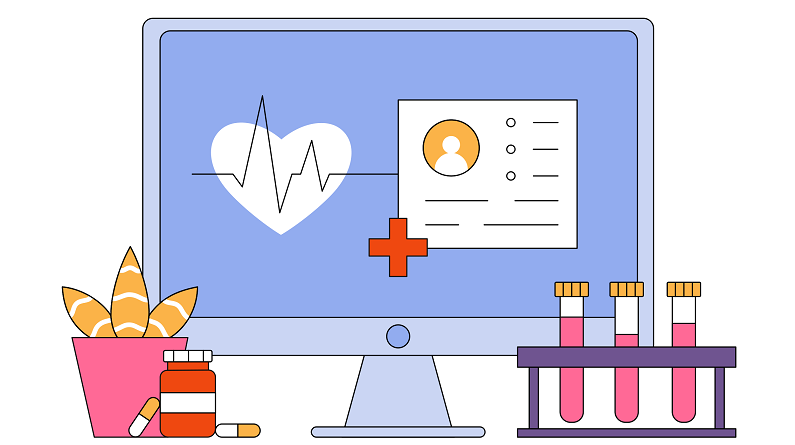Understanding Lipid Profile Tests
A lipid profile test is a blood test that measures the levels of various lipids, such as cholesterol and triglycerides, in your blood. Lipids are essential fatty substances that provide energy and structure to every cell in your body.
Why is a Lipid Profile Test Important?
A lipid profile test can help determine your risk of developing coronary heart disease, which can lead to narrowed or blocked arteries. High cholesterol levels can increase your risk of heart disease, making this test a crucial tool for maintaining cardiovascular health.
Who Should Take the Test?
Your doctor may recommend a lipid profile test if you have risk factors for high cholesterol, such as:
– Being a male over 45 or a female over 55
– Being overweight
– Having an unhealthy diet
– Living a sedentary lifestyle
– Having high blood pressure
– Having a family history of heart disease
– Having diabetes or prediabetes
What Does the Test Measure?
A lipid profile test measures four types of lipids in your blood:
1. Total Cholesterol: The total amount of cholesterol in your blood.
2. Low-Density Lipoprotein (LDL) Cholesterol: The “bad” cholesterol that can clog arteries.
3. High-Density Lipoprotein (HDL) Cholesterol: The “good” cholesterol that helps remove LDL cholesterol from your blood.
4. Triglycerides: A type of fat molecule that can increase your risk of heart disease.
Preparing for the Test
To prepare for a lipid profile test:
– Fast for at least 12 hours before the test
– Avoid eating or drinking anything except water during the fasting period
– Inform your doctor of any medications or supplements you’re taking
Understanding the Results
Your test results will show your lipid levels in milligrams per deciliter (mg/dL). Here’s what the results mean:
– LDL Cholesterol:
– Less than 100 mg/dL: Normal
– 100-129 mg/dL: Above optimal
– 130-159 mg/dL: Borderline high
– 160-189 mg/dL: High
– Greater than 190 mg/dL: Very high
– Total Cholesterol:
– Less than 200 mg/dL: Normal
– 200-239 mg/dL: Above optimal
– 240 mg/dL or higher: High
– Fasting Triglycerides:
– Less than 150 mg/dL: Normal
– 150-199 mg/dL: Above optimal
– 200-499 mg/dL: High
– Greater than 500 mg/dL: Very high
– HDL Cholesterol:
– Below 40 mg/dL: Poor
– 40-59 mg/dL: Desirable
– 60 mg/dL and above: Best
Treatment for Unhealthy Lipid Levels
If your test results show unhealthy lipid levels, your doctor may recommend:
– Healthy eating habits
– Regular exercise and an active lifestyle
– Avoiding smoking and alcohol
– Prescription medications to lower cholesterol levels
References:
https://labtestsonline.org/tests/lipid-panel
https://my.clevelandclinic.org/health/diagnostics/17176-lipid-blood-tests
https://familydoctor.org/blood-test-lipid-panel/
https://www.mayoclinic.org/tests-procedures/cholesterol-test/about/pac-20384601

